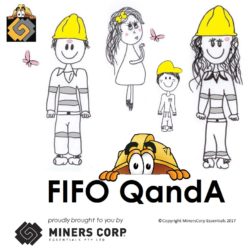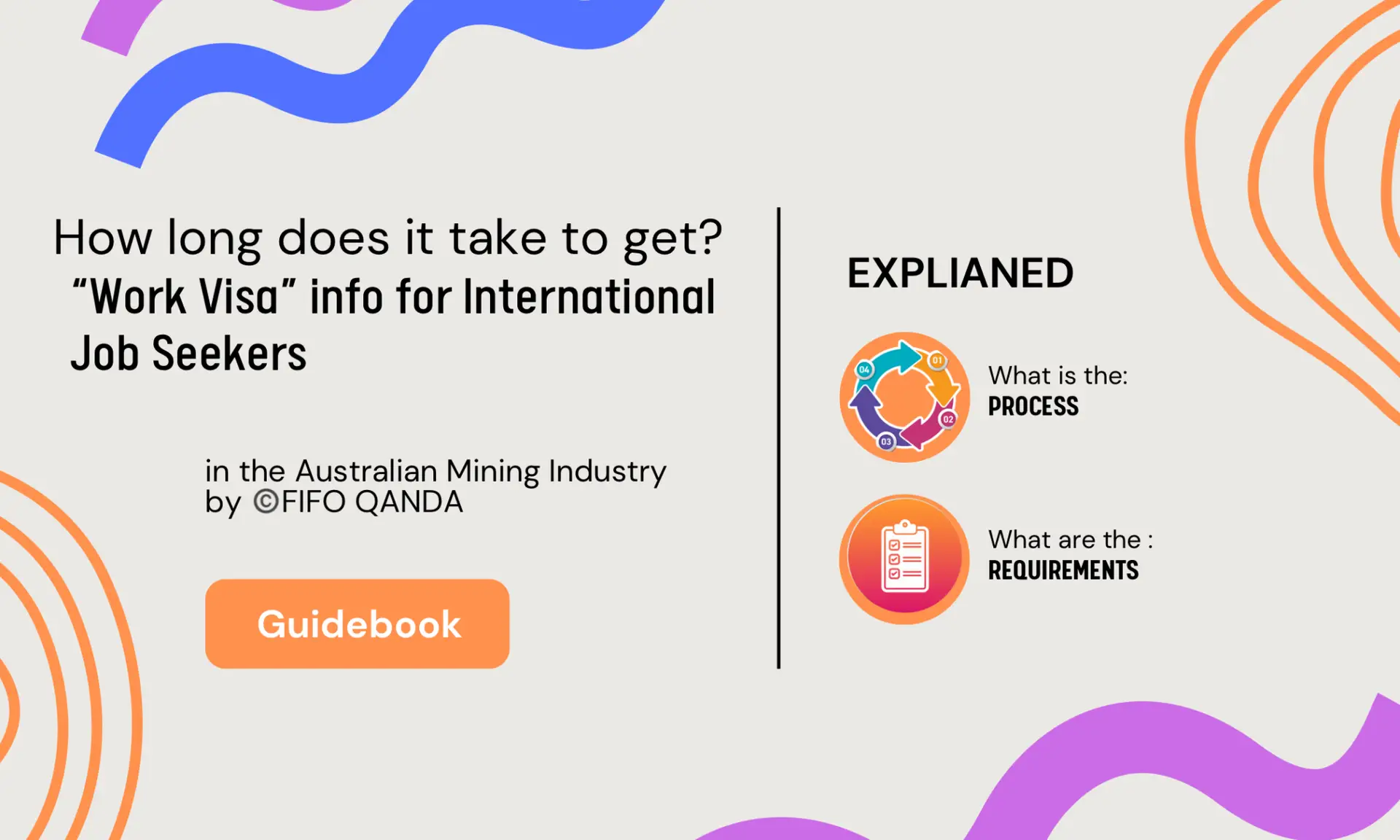Process and Requirements Explained
Obtaining a work visa for the Australian Mining Industry involves several steps and can vary in duration depending on the specific visa type and individual circumstances.
Below is an overview of the typical process, requirements, and estimated timeframes involved in securing a work visa.
1. Types of Work Visas
Common visa categories for employment in the Australian mining industry include:
- Temporary Skill Shortage Visa (subclass 482): For employers to sponsor skilled workers for temporary positions.
- Employer Nomination Scheme (subclass 186): For skilled workers nominated by an employer for permanent residency.
- Regional Sponsored Migration Scheme (subclass 187): For skilled workers in regional areas.
- Skilled Independent Visa (subclass 189): For skilled workers not sponsored by an employer or family member.
- Skilled Nominated Visa (subclass 190): For skilled workers nominated by a state or territory.
2. General Process Overview
Step 1: Determine Eligibility
- Skills Assessment: Applicants typically need to have their skills assessed by the relevant assessing authority for their occupation. This assessment ensures that the applicant’s qualifications and experience match the requirements of the Australian job market.
- Meet Health and Character Requirements: Applicants must meet specific health and character criteria, which may include medical examinations and police clearances.
Step 2: Secure Employment
- Job Offer: Most work visas require a job offer from an Australian employer who is willing to sponsor the visa application. For the TSS visa, the employer must also be approved as a sponsor.
- Labor Market Testing: Employers may need to demonstrate that they have attempted to find an Australian citizen or permanent resident to fill the position.
Step 3: Submit Visa Application
- Gather Required Documentation: This includes proof of identity, qualifications, work experience, skills assessment, job offer, and health and character documentation.
- Submit Application: Applications can be submitted online via the Department of Home Affairs website. The type of visa will determine the exact application process.
Step 4: Wait for Processing
- Processing Times: Processing times can vary significantly depending on the visa type and individual circumstances. Temporary Skill Shortage Visas generally take about 2 to 5 months to process, while permanent visas like the Employer Nomination Scheme may take 6 months to over a year.
Step 5: Receive Visa Decision
- Applicants will be notified of the outcome of their visa application. If approved, the visa will detail the duration of stay and any specific conditions.
3. Required Documentation
- • Valid Passport: Must be valid for the duration of the visa.
- • Skills Assessment Results: Evidence of the skills assessment by the relevant authority.
- • Job Offer Letter: Signed job offer from the sponsoring employer.
- • Proof of Qualifications: Academic transcripts and professional certifications.
- • Work Experience Documents: CV/resume and reference letters from previous employers.
- • Health Insurance: Evidence of adequate health insurance coverage while in Australia.
- • Police Clearance Certificates: To prove good character.
4. Estimated Timeframe
- • Overall Duration: The entire process can take anywhere from 6 months to over a year depending on factors such as the complexity of the case, the specific visa type, and the efficiency of the processing center.
5. Additional Considerations
- • Consultation: It is advisable to consult with a registered migration agent or immigration lawyer to navigate the complexities of the visa process effectively.
- • Stay Updated: Immigration policies can change, so it is important to stay informed about any new regulations or requirements that may affect the visa application process.


